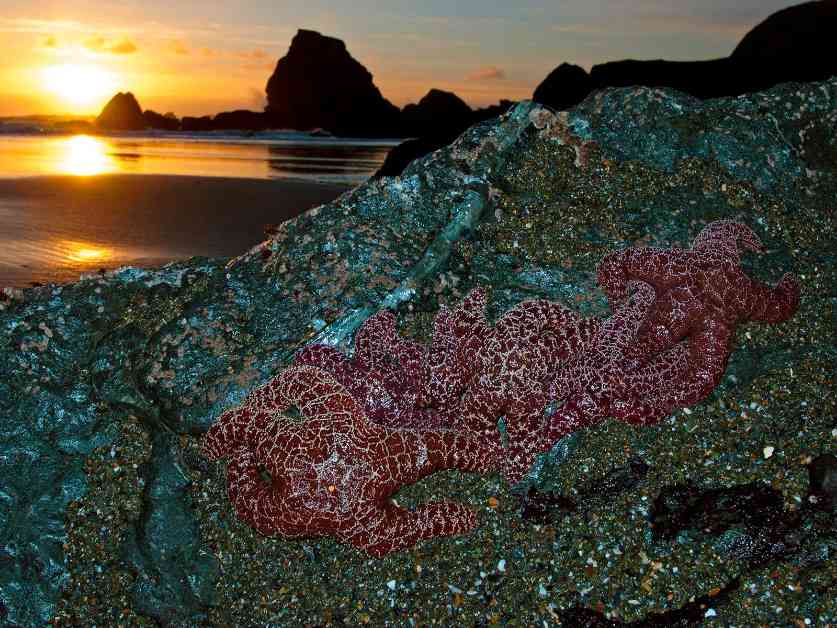Anne Salomon, a graduate student in 2001, had a unique start to her academic journey when she visited Tatoosh Island off the coast of Washington. This island was where Bob Paine, a renowned ecologist, conducted experiments that revolutionized the understanding of keystone species. Paine’s work showed that a single species, like the starfish he studied, could have a significant impact on an entire ecosystem. This led to the concept of keystone species, which refers to species that have a disproportionate influence on their environment.
Over the years, the idea of keystone species has been applied broadly to various species, sometimes losing sight of its original meaning. This has led to concerns among ecologists that the term has become diluted. To address this, researchers are working on refining the definition of keystone species to better identify and protect species that play crucial roles in ecosystems.
The original concept of keystone species challenged the prevailing idea that ecosystems were controlled from the bottom up by producers. Paine’s experiments demonstrated the importance of top-down control by predators in shaping communities. Subsequent studies, like those on sea otters in kelp forests, further highlighted the role of keystone species in maintaining biodiversity.
In recent years, researchers like Ishana Shukla have analyzed the traits of keystone species across different ecosystems. They have identified various types of keystone species, ranging from large vertebrates to invertebrates and small mammals. This research underscores the importance of recognizing the diversity of keystones in ecosystems and the need for targeted conservation efforts.
Beyond traditional ecosystems, the concept of keystone species is now being explored in microbial communities. Researchers are using artificial intelligence to identify keystone microbes that play vital roles in maintaining the stability of these complex systems. This research has implications for human health, as disruptions to microbial communities can have significant consequences.
Despite the evolving understanding of keystone species, some ecologists like Bruce Menge emphasize the context-dependent nature of these species. Keystone species may vary in importance across different environments and over time. This underscores the complexity of ecological systems and the need for holistic approaches to conservation.
While debates continue about the significance of keystone species in conservation, the concept remains a powerful symbol of the interconnectedness of species in ecosystems. By refining the definition of keystone species and applying it thoughtfully, researchers hope to improve conservation efforts and promote the stewardship of natural resources. Through ongoing research and collaboration, ecologists aim to enhance our understanding of keystone species and their role in maintaining ecological balance.






